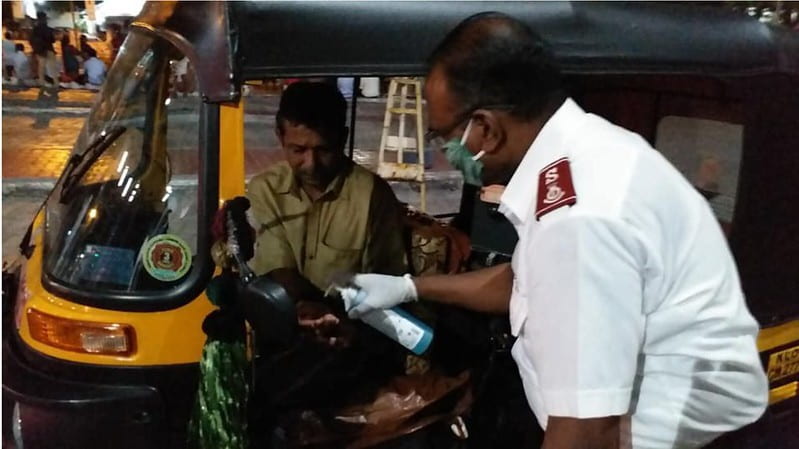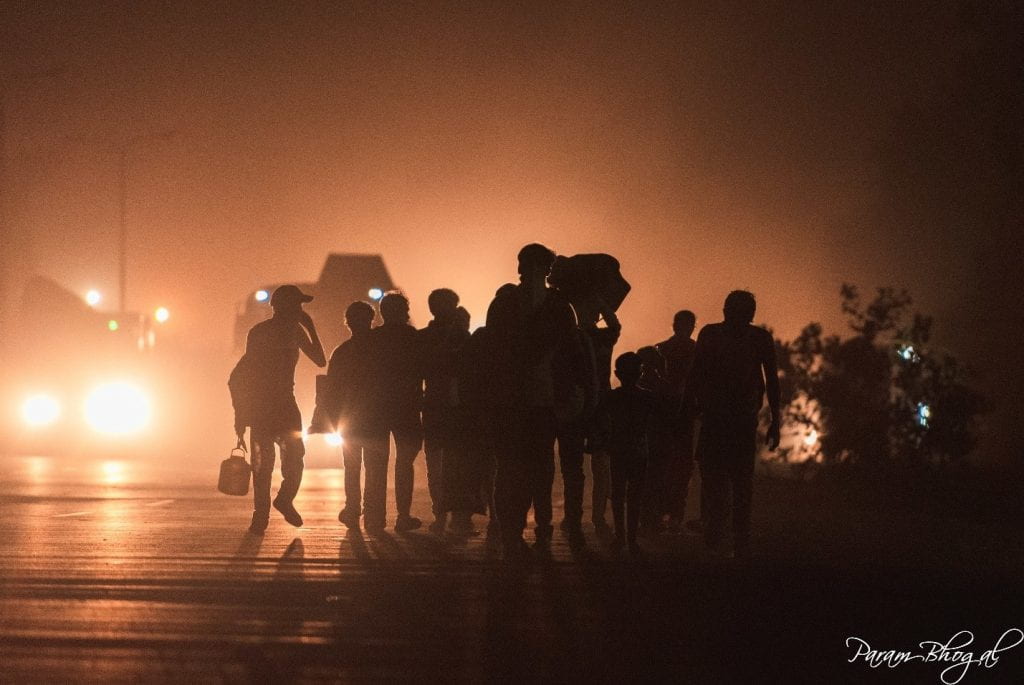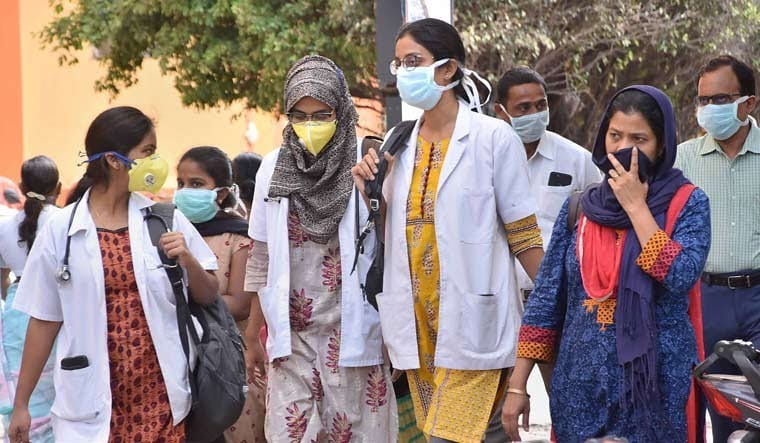“I was always told that America is the land of the free, a land of opportunity. What no one told me was how difficult it was to achieve the American Dream itself. Perhaps that is why they call it a dream—realistic but out of reach. Every time you inch forward, you think you are getting closer to your goal when, in reality, you are getting closer to seeing your greatest hurdles with clarity.”
–Navin Mawani, my mother, an immigrant from Pakistan
Today, October 5th is World Teacher’s Day. Teachers are equivalent to front-line workers who continuously connect young people to opportunity in the forms of learning, employment, and emotional and physical health. So why are there policies in place that create opportunity gaps for teachers and students alike?
I am a first-generation student in the United States, and I am fortunate that my family could afford to live in a zip code that did not discriminate against me. This article will expose you all to some information about opportunity gaps that prevent children from attaining a sufficient education and will speak about STRIVE Birmingham, an organization that is trying to mitigate the effects of social and economic policies that affect all people.

The Problem
In Birmingham and several other cities, the opportunity gap—the way social and economic factors result in lower rates of success in a variety of life aspirations—affects all people within society. I consider this limitation on opportunity to be a violation of the human right to attain an education and to sustain a livelihood. The Close the Gap Foundation defines this gap as “the way that uncontrollable life factors like race, language, economic, and family situations can contribute to lower rates of success in educational achievement, career prospects, and other life aspirations.” One example of an opportunity gap is the low reading proficiency among children in kindergarten to third grade within Birmingham City Schools. To combat this opportunity gap, the City of Birmingham established the Page Pals Reading Initiative, a volunteer opportunity for all to read and converse with third-graders at elementary schools.
If the problem is starting as early as elementary school, there is a drastic need to close this gap. And if that is not convincing enough, these statistics do not lie:
- The Annie E. Casey Foundation’s 2012 study found that “while 6% of children who’ve never lived in poverty will drop out of high school, that number climbs to 22% for children who’ve lived in poverty, even temporarily during the time of the survey.”
- According to the U.S. Department of Education, high-poverty districts spend 15.6% less on each student than those in more affluent districts. This can result in less student retention, lower earning potential after graduation, and high poverty rates in adulthood.
- A 2020 survey by Global Strategy Group of college undergraduates revealed that 77% of students said they fear they will not be able to stay on track to graduate due to hardships caused by COVID-19. That is 3 in 4 college students fearing failure.
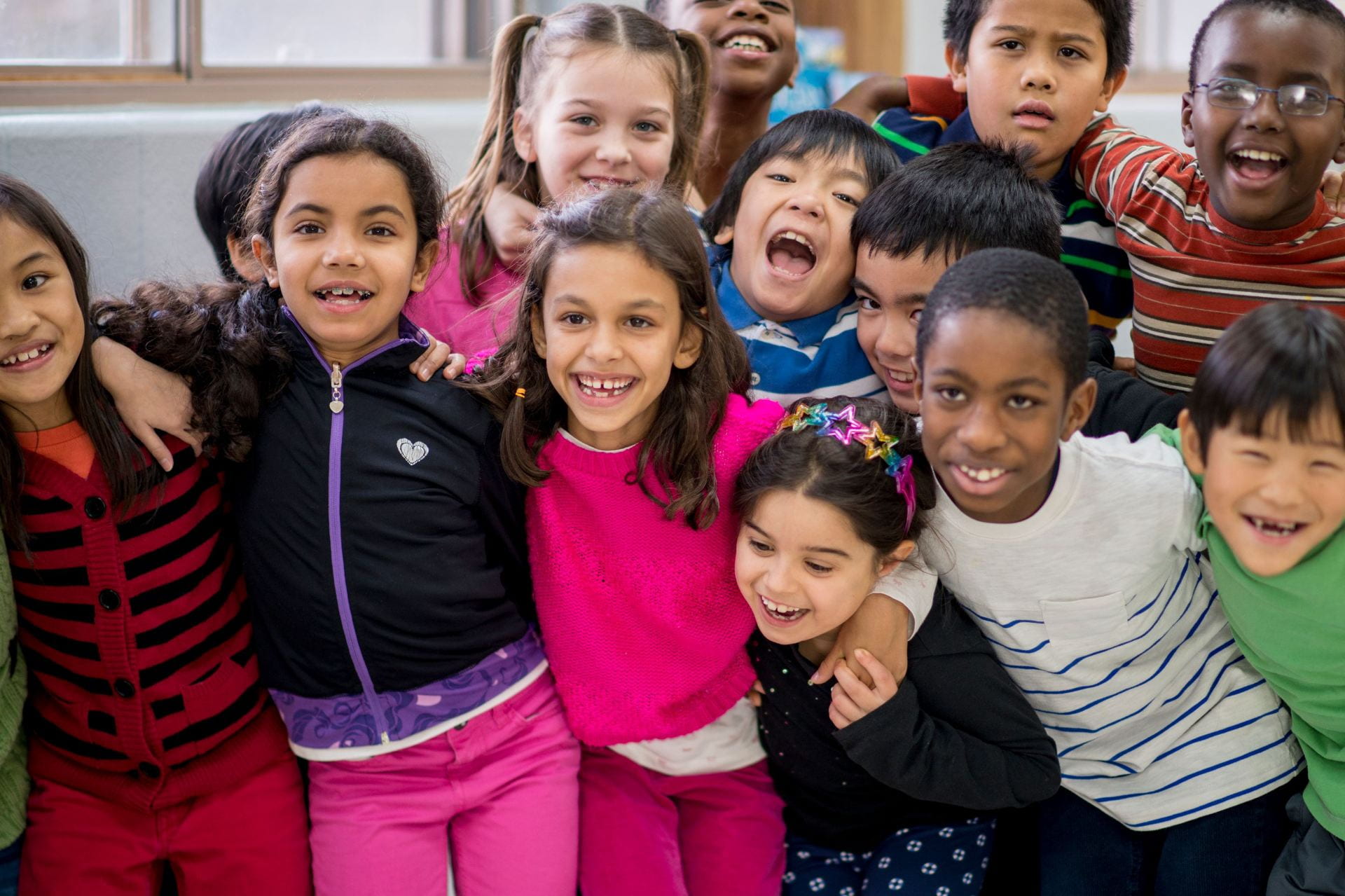
What Creates These Opportunity Gaps?
Unfortunately, there are several factors that contribute to creating and encouraging opportunity gaps. As per the Learning Policy Institute, “these inequities result from growing income inequality over the past three decades and the failure of many states to invest equitably in schools that serve a diverse student population.” Providing equitable access to deeper learning opportunities is perhaps the major challenge of 21st-century education in the United States.
You might be asking yourself what does income inequality have to do with public education and opportunity gaps? According to extensive research conducted by the Economic Policy Institute, a child’s social class is “one of the most significant predictors—if not the single most significant predictor—of their educational success.” Socioeconomic gaps that originated in the 1980s still affect children today. Income inequality has not been reduced, which has kept the educational growth of multiple children stagnant and has widened the opportunity gap.
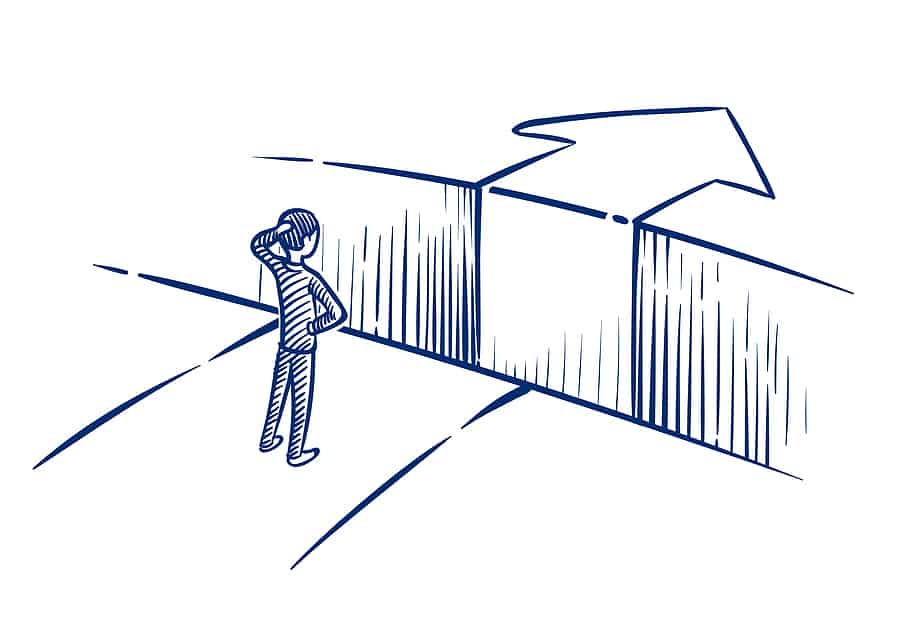
Income inequality is also dictated by where you live. In a New York Times article in the “America We Need” series, multiple teachers from varying cities in the United States attest to how the opportunity gap is promoted by place of residence, starting with “pollution and the stresses of poverty and [extending] to economic segregation and inadequate school funding.” Not only do teachers have to work within these structural inequities that impede many students from achieving their potential, but they also have to accommodate their way of teaching and communicating knowledge in a way that gives the students the extra boost they need.
And the teachers are right: zip codes have too much influence on the success of students, who are the future leaders, innovators, and entrepreneurs of our world. So why is it okay for nonwhite school districts to get $23 billion less than white districts, despite saving the same number of students? Let me help you out here. It is not. It is unfortunate that even after landmark cases like Brown v. Board of Education (1954), racial and economic segregation created by gerrymandered school district boundaries continues to divide our communities and robs children of their right to a satisfactory education that helps them advance in life.
How is STRIVE Birmingham Helping Close this Opportunity Gap?
STRIVE Birmingham is a startup established in June 2023 that aims to bridge the opportunity gap by building a workforce and lifelong relationships. It helps those facing the toughest societal barriers to employment be able to access the training and support they need to build a career and escape social stratification.
STRIVE serves 92% of BIPOC (Black, Indigenous, People of Color), 41% of parents of minors, 44% of people who have been impacted by justice, 78% of people receiving public services, and 84% of formerly unemployed individuals. Since 1984, STRIVE has had more than 85,000 graduates and serves about 2,000 people annually at its locations in New York, Atlanta, and now Birmingham.
STRIVE Birmingham has partnerships within the Birmingham medical community and is able to get its students of all ages national certifications, has a 70% to 80% successful placement rate, and pledges a lifetime commitment to students. Once you are a part of STRIVE, you are able to receive professional development and essential employee skills, while having access to a network of professionals who are all rooting for your success.

As a first-generation student, there is nothing more encouraging than knowing there are organizations like STRIVE Birmingham that exist to help bridge the opportunity gap that is so prevalent in communities like Birmingham’s through education. I am also comforted in knowing that there is no age limit on education; anyone can be an educator, and anyone can be a student.
As I reflect on who has influenced my educational journey on World Teachers’ Day, I am more aware of barriers to those who could not escape opportunity gaps. I am eternally grateful to my teachers and mentors for helping me excel, and I salute every teacher who has ever had to battle restrictions to their educational style because of policy-dictated opportunity gaps. Thank you, teachers, instructors, and mentors, for not giving up, even when the situations were not ideal. Thank you for not discriminating against your students, even if their ZIP code does.
Additional Information on the Opportunity Gap in Public Education
This TED Talk by Anindya Kundu summarizes the implications and other factors of the opportunity gap within U.S. public Schools, and I highly recommend it.
